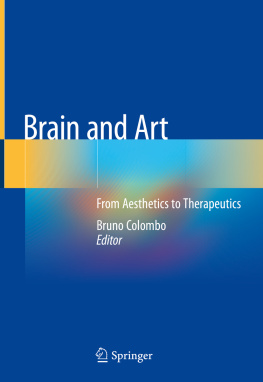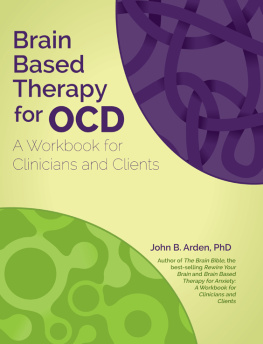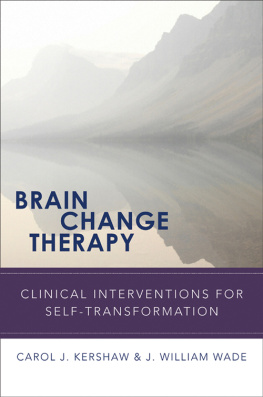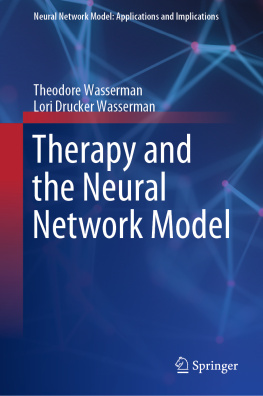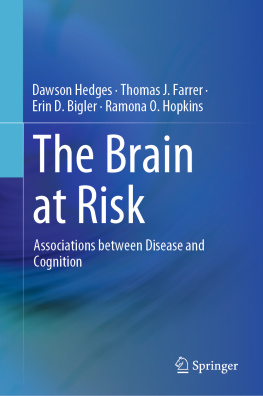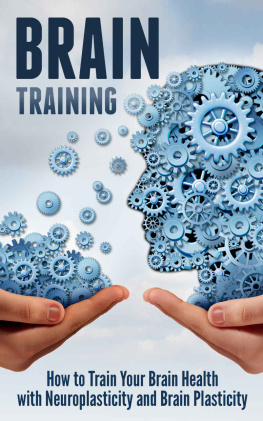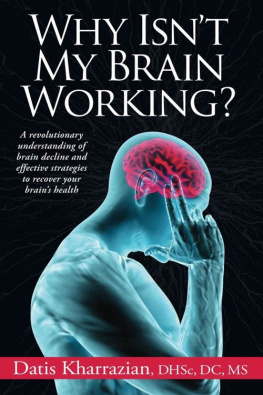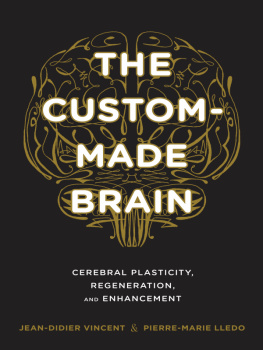Contents
Landmarks
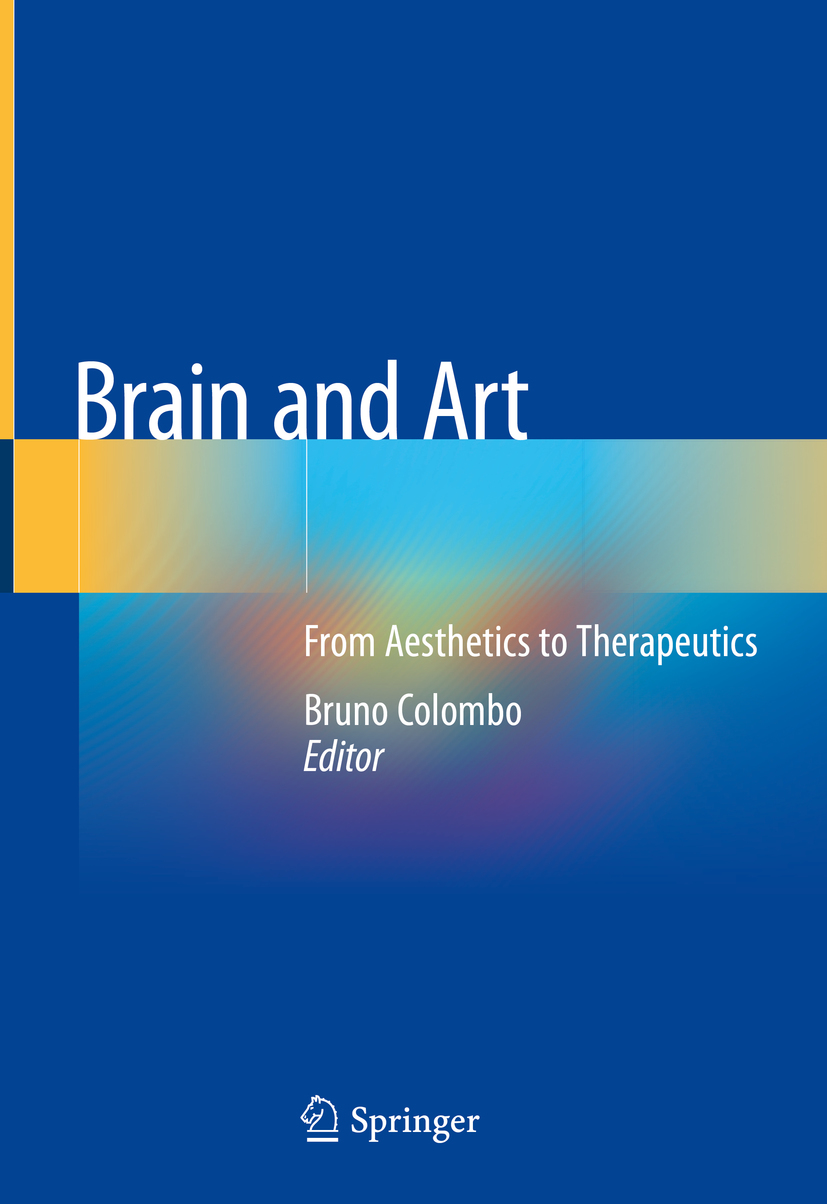
Brain and Art
From Aesthetics to Therapeutics
Editor
Bruno Colombo
San Raffaele Hospital, University Vita-Salute, Neurological Department, Milano, Italy
ISBN 978-3-030-23579-6 e-ISBN 978-3-030-23580-2
https://doi.org/10.1007/978-3-030-23580-2
Springer Nature Switzerland AG 2020
This work is subject to copyright. All rights are reserved by the Publisher, whether the whole or part of the material is concerned, specifically the rights of translation, reprinting, reuse of illustrations, recitation, broadcasting, reproduction on microfilms or in any other physical way, and transmission or information storage and retrieval, electronic adaptation, computer software, or by similar or dissimilar methodology now known or hereafter developed.
The use of general descriptive names, registered names, trademarks, service marks, etc. in this publication does not imply, even in the absence of a specific statement, that such names are exempt from the relevant protective laws and regulations and therefore free for general use.
The publisher, the authors, and the editors are safe to assume that the advice and information in this book are believed to be true and accurate at the date of publication. Neither the publisher nor the authors or the editors give a warranty, expressed or implied, with respect to the material contained herein or for any errors or omissions that may have been made. The publisher remains neutral with regard to jurisdictional claims in published maps and institutional affiliations.
This Springer imprint is published by the registered company Springer Nature Switzerland AG
The registered company address is: Gewerbestrasse 11, 6330 Cham, Switzerland
To Paola, my wife
To Lorenzo, Francesco and Stefano, my children
To my parents
The life so short, the art so long to learn, opportunity fleeting, experience treacherous, judgement difficult. Ars longa, vita brevis
Hippocrates 460357 b.c.
Art does not reproduce what we see; rather, it makes us see.
Paul Klee 18791940
Contents
Bruno Colombo
Bruno Colombo
Enrico Grassi and Marco Aguggia
Massimo Filippi , Noemi Piramide , Sarasso Elisabetta and Federica Agosta
Bartlomiej Piechowski-Jozwiak and Julien Bogousslavsky
Nicholas J. Wade
Arturo Nuara
Lorenzo Lorusso and Alessandro Porro
Lorenzo Lorusso and Simone Venturini
Gerry Leisman and Vered Aviv
Marco Piccolino
Alessandro Porro and Lorenzo Lorusso
Emanuela Galbiati
Springer Nature Switzerland AG 2020
B. Colombo (ed.) Brain and Art https://doi.org/10.1007/978-3-030-23580-2_1
1. The Art of Being a Doctor
Bruno Colombo
(1)
Neurological Department, University Vita-Salute, San Raffaele Hospital, Milan, Italy
Keywords
Neurology Art therapy Clinical method Emotions Neurologist
Where do art and neurology meet?
What is the link between music, painting, dance and our brain?
And, above all, how can artistic expressions have a healing effect on pathologies affecting the nervous system?
Furthermore, what should be the new cultural role of a physician, and particularly a neurologist, so as to use these means of expression competently and safely?
In my opinion, everything stems from the need to train a new kind of doctor providing, within the university curriculum, the means to develop the humanistic side of the profession.
The majority of medical faculties all over the world aim at training specialists with an accurate and modern scientific preparation, but with little knowledge of general human culture. This may be a mistake, since someone who loves literature, music and art probably has a better introspection and open-mindedness compared to someone who does not share such interests.
The benefits of art and literature relate to three qualities which I believe to be necessary, even essential, to a good doctor: empathy, wisdom and a tolerance for ambiguity (i.e. being able to calmly deal with complex and ambiguous situations, devising creative solutions to existing difficulties).
If we consider the medical entrance exams, or frequently even the exams taken during the degree course, we realise that multiple choice tests imply an explicit and definitive train of thought. The danger is that the student, when later relating to a patient, may look upon the diagnosis as the result of algorithms, of steps from symptom to symptom only linked by a yes or a no.
But this is not medicine, this is not a person. A doctor must face the deep discomfort caused by disease and, above all, has to relate to a fellow human being, a patient whose integrity has been disrupted by the pathology and who has lost some physical and psychological boundaries.
If, liberally quoting J. Monod, we acknowledge that every living being is an object with a project [], then we have to look at health as the ability of the body to carry out the project of the human species and consider disease a temporary or permanent loss of this ability. There are clearly different objective and subjective aspects of a disease. These have an effect on the core of the single individual touching social, emotional and working visions.
Disease must therefore be seen as a time when the need of the suffering patient must be met by a curing and caring doctor with a special human understanding.
Therefore, a good physician has to know how to connect with the sufferer to create a trusting relationship. This is an essential part of the healing effort. Medical practice should be considered an art that makes use of science, these two are intrinsically linked. If it is true that without science we would probably still rely on sorcerers and witch doctors, it is also true that in the absence of a humanistic culture medical practice would merely be a sterile technicality.
The new doctor, who believes in caring for a person, is an artist when he carries out an objective examination, when he looks for clinical signs, when he shares the data regarding the patients history and uses them to work out a history that may help to define a diagnosis. This also means acknowledging that time is a fundamental tool when relating to a patient.
Scientific progress has allowed medicine to identify the chronological development of diseases, the differing clinical courses of different patients and the duration of the treatments that, in most cases, can help to improve the prognosis. However, scientific medicine, having given doctors increasingly powerful diagnostical and therapeutic implements, has created a time factor totally new to the doctor/patient relationship.
Prior to this technological turn, a doctor took the time and care to collect the data relating to medical records and to question patients about their history. In past centuries physicians would use all their five senses to get an experience of what the disease was. Later, with the arrival of the anatomicalclinical method and the implementation of sophisticated diagnostical technologies, doctors have developed an increasingly impatient and speedy style of medical examination, spending less time studying the medical history of the patients and relying more and more on laboratory and test data.

